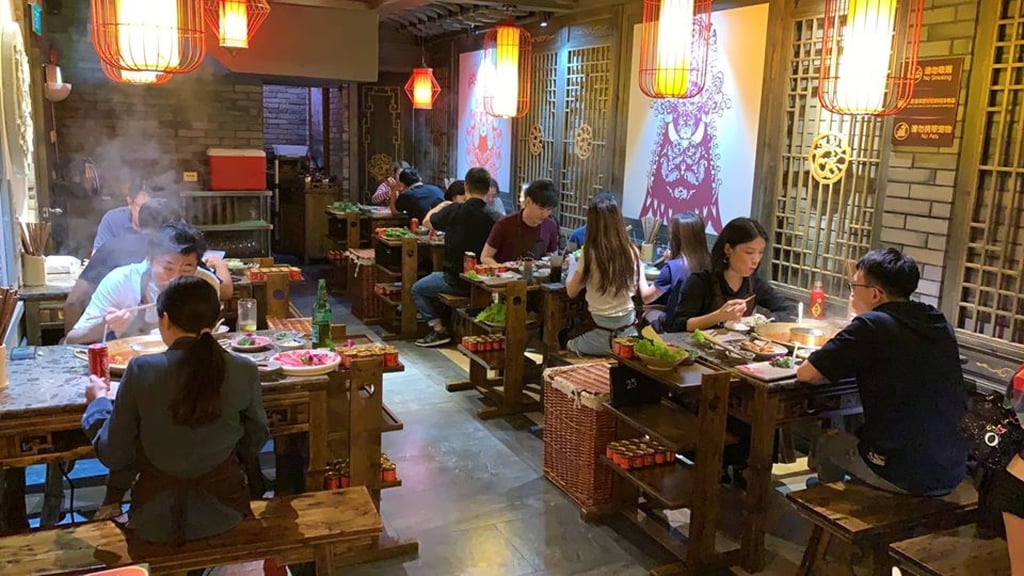Advertisement
Asian Angle | How Chinese brands serve Southeast Asia with soft power influence
Chinese F&B brands are becoming increasingly prominent, fuelling a familiarity with China that legitimates its stronger regional presence
Reading Time:4 minutes
Why you can trust SCMP
0

A few years ago, Mixue, a Chinese chain selling incredibly affordable ice cream and sweetened drinks, exploded across Southeast Asia. Today, Mixue has surpassed even global giants like Starbucks and McDonald’s in the sheer number of outlets worldwide.
Mixue is not the first Chinese chain to make its mark in Southeast Asia. Over the past five years, major markets – in particular Indonesia, Malaysia, Thailand and Vietnam – have witnessed marked growth in Chinese supermarkets and food stores.
The share of food imported from China into Southeast Asia rose from 8.5 per cent of the region’s total food imports in 2010 to 10.9 per cent by 2020. The most significant gains in Chinese import share between 2010 and 2022 occurred in the Philippines (a 4 percentage point increase), Thailand (5.1 points) and Singapore (1.8 points).
The increase in trade could be partly attributed to preferential rates for Chinese products and services, including agricultural products, negotiated under the Asean-China Free Trade Area in 2002 and subsequently in the Regional Comprehensive Economic Partnership. Chinese businesses leveraged these agreements and targeted these large markets. In the Philippines, for example, Chinese products and social media trends have gained popularity among the youth, despite bilateral tensions.

Chinese branding has also become more visible through packaging labels and the presence of Chinese food and beverage (F&B) chains. According to a 2025 report by Momentum Works, Southeast Asia is now home to at least 6,100 Chinese F&B outlets across more than 60 brands. This expansion reflects the intense competition within China’s F&B sector, which drives many chains to seek opportunities abroad. Chinese chains reportedly account for 54 of the top 100 global F&B chains ranked by number of stores, and among those, many have branches in Southeast Asia.
These chains often cluster in areas with large ethnic Chinese communities or strong historical ties to Chinese culture – most notably in Singapore. Despite concerns that the city state’s small market may be oversaturated, the expansion to Southeast Asia in general is still seen as necessary. China’s weak domestic consumption resulted in more than a million F&B outlets closing during the first half of 2024 alone. This cutthroat competition at home drives Chinese F&B chains abroad, where their low prices set them apart.
Advertisement
Select Voice
Choose your listening speed
Get through articles 2-3x faster
1.1x
220 WPM
Slow
Normal
Fast
1.1x